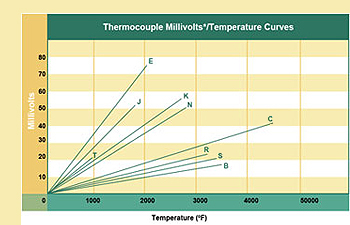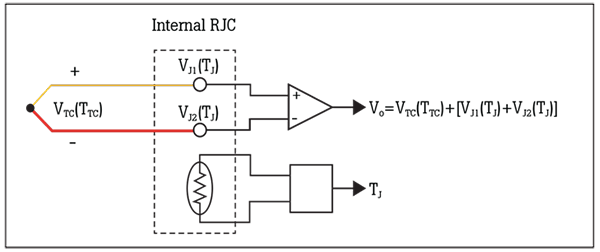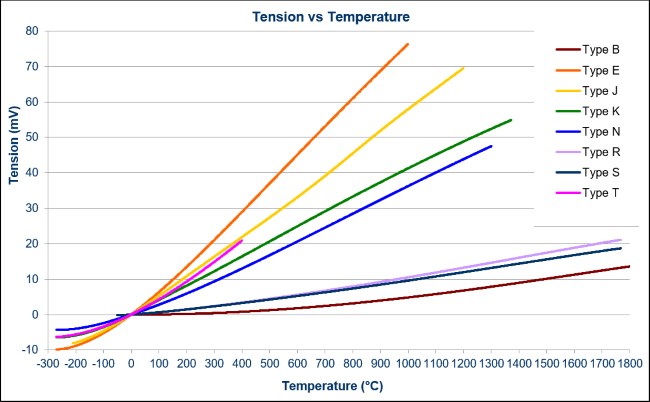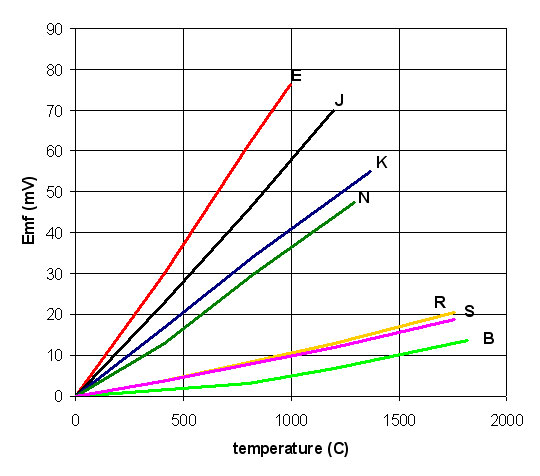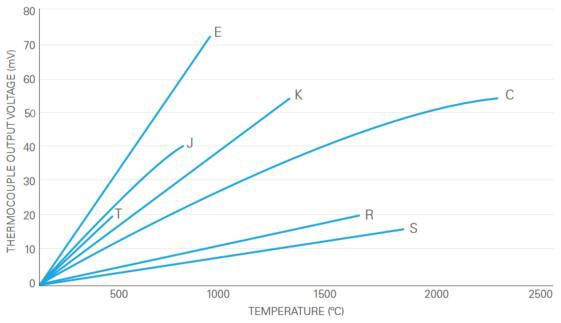Copper Constantan Thermocouple Calibration Table
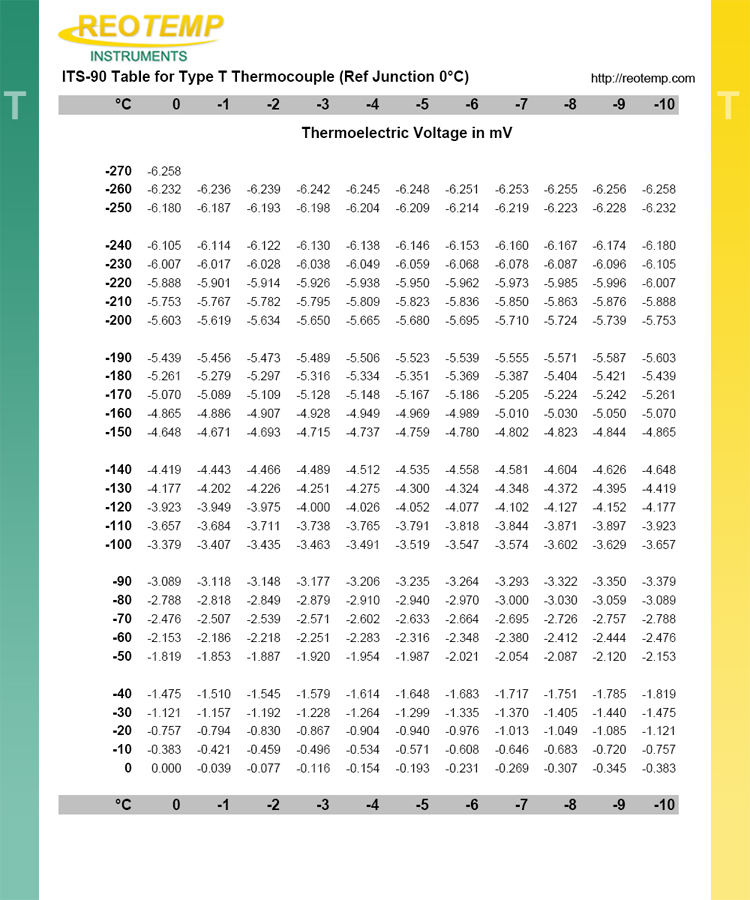
You can get astm e230 e230m 17 from the ansi webstore and in it you can find a range of information on thermocouple tolerances color coding temperature limits and similar.
Copper constantan thermocouple calibration table. Thermocouple extension cables with molded connectors u retractable cable in 1 and 4 lengths. A thermocouple is an electrical device consisting of two dissimilar electrical conductors forming an electrical junction a thermocouple produces a temperature dependent voltage as a result of the thermoelectric effect and this voltage can be interpreted to measure temperature thermocouples are a widely used type of temperature sensor. Calibrating calibration charts of thermocouple. 328 to 662 f 250 to 350 c extension grade.
Type t thermocouple copper constantan. Typical response time for thermocouples. Note constantan is copper nickel when protected by compacted mineral insulation and appropriate outer sheath type j is useable from 0 to 816 c 32 to 1500 f. Copper constantan chromega constantan.
T e m p e r a t u r e p r o c e s s i n s t r u m e n t s i n c technical information data bulletin type t thermocouple copper constantan temp 0 1 2 3 4 5 6 7 8 9. Calibration length recj1 30 cm 1 recj4 120 cm 4 reck1 30 cm 1. Commercial thermocouples are inexpensive interchangeable. Mild oxidizing reducing vacuum or inert.
76 to 212 f 60 to 100 c 454 to 752 f 270 to 400 c 6 258 to 20 872. The type t is a very stable thermocouple and is often used in extremely low temperature applications such as cryogenics or ultra low freezers. Using interpolation with a cubic spline for the following data compute the temperatures corresponding to thermocouple outputs of 0 9 and 1 75 mv. Greater of 0 5 c or 0 4.
Type j thermocouple iron constantan composed of a positive leg which is iron and a negative leg which is approximately 45 nickel 55 copper. Type t copper versus copper 45 nickel constantan type c tungsten 5 rhenium versus tungsten26 rhenium other thermocouple standards. Range of temperatures from 270 with to 400 with. Greater of 1 0 c or 0 75.
Since the ranges for calibrations tend to overlap there are other considerations in the selection criteria. It is found in other laboratory environments as well.






